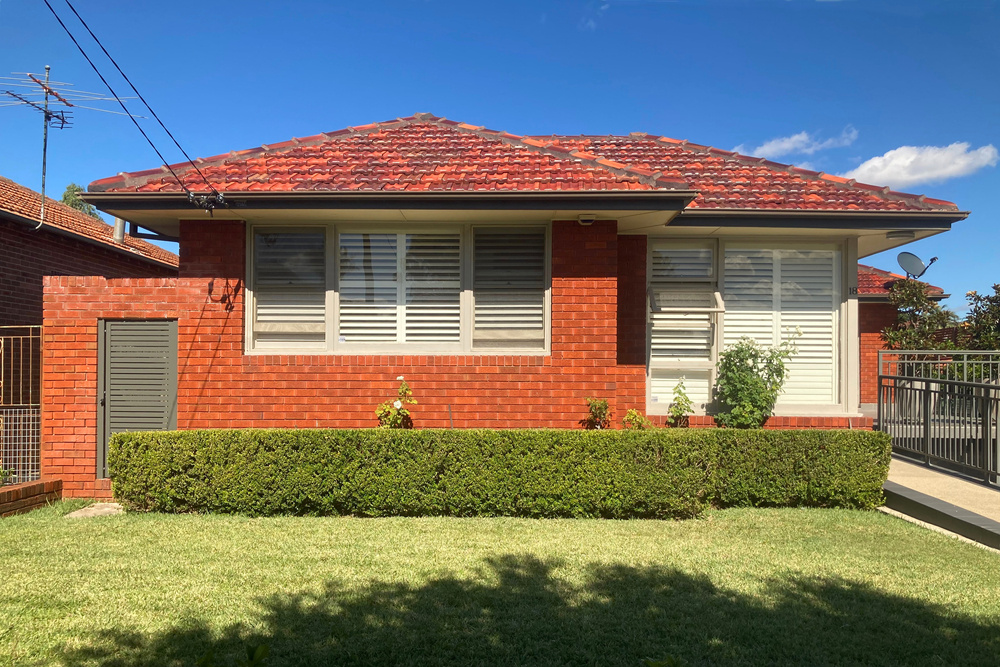
Sep
Spring Roof Maintenance Checklist
Spring is the perfect time to inspect and maintain your roof before summer storms begin.
Proper maintenance not only extends the lifespan of your roofing material but also prevents costly repairs, water damage, and structural issues.
Whether your roof is Colorbond, tile, or metal, this checklist will guide you through essential tasks to ensure your home is protected throughout the year.
1. Inspect Roof Surfaces
Start with a visual inspection of your roof from the ground or a safe vantage point. Look for:
- Cracked, broken, or missing tiles.
- Rust, corrosion, or fading on metal roofs, including Colorbond.
- Loose or missing fasteners.
- Dents or damage caused by hail, storms, or debris.
Early detection of damage can prevent leaks and structural problems before they escalate. If you notice significant issues, consider hiring a licensed roofing professional for a detailed inspection.
2. Clear Debris
Leaves, twigs, and other debris can accumulate on the roof and in gutters, creating blockages and water pooling. Steps to take include:
- Remove leaves and debris from valleys, ridges, and gutters.
- Check downpipes for clogs to ensure proper drainage.
- Inspect for moss, algae, or lichen growth on tiles or metal surfaces.
Regular cleaning reduces the risk of water damage and improves the longevity of your roofing material. For Colorbond roofs, avoid abrasive tools or harsh chemicals that can damage the protective coating.
3. Check Flashings & Vents
Flashings around chimneys, vents, skylights, and roof penetrations are common points of water ingress. Inspect these areas for:
- Rust or corrosion on metal flashings.
- Cracks, gaps, or peeling sealant.
- Loose or missing fixings.
Repairing or resealing flashings early in spring helps prevent leaks during summer storms.
4. Examine the Roof Structure
While on the roof, take note of the overall structure. Look for:
- Sagging sections of the roof or decking.
- Signs of water damage or rot under eaves or in the attic.
- Cracked or deteriorated roof battens or supports.
Structural issues may require professional attention to prevent more serious problems, especially in older homes.
5. Inspect Roof Accessories
Check all roof accessories, including:
- Antennas and satellite dishes for secure mounting.
- Solar panels for alignment, dirt buildup, or loose fittings.
- Roof vents, skylights, and insulation for wear and tear.
Ensuring all accessories are properly maintained reduces the risk of leaks and enhances the overall efficiency of your roof.
6. Trim Overhanging Branches
Trees near your home can pose a hazard to your roof. Make sure to:
- Trim branches that hang over or touch the roof.
- Remove dead or unstable limbs that could fall during storms.
- Regular pruning reduces debris accumulation and prevents moss growth caused by shade.
Keeping trees in check also protects gutters, downpipes, and roofing surfaces from damage.
7. Inspect Gutters & Downpipes
Spring rains can reveal blocked or damaged drainage systems. Check for:
- Cracks, leaks, or rust in gutters and downpipes.
- Loose fittings or misaligned sections.
- Areas where water pools or overflows.
Repair or replace damaged sections to ensure effective water flow and prevent foundation issues caused by runoff.
8. Schedule Professional Roof Maintenance
Even with a thorough DIY inspection, some maintenance tasks require professional expertise:
- High or steep roof inspections.
- Roof painting, resealing, or coating, especially for Colorbond.
- Repairing damaged tiles or structural components.
Hiring licensed roofers ensures safety and long-term protection for your home.
9. Schedule Regular Checks
Keep a record of your inspections and maintenance activities. Having notes on repairs, roof condition, and cleaning dates help track recurring issues, plan for preventative maintenance, and maintain warranty compliance for roofing materials.
Consider scheduling inspections at least twice a year, like spring and autumn, to stay ahead of potential damage.
Final Thoughts
Spring is an ideal time to give your roof a thorough check and perform essential maintenance tasks. Regular roof maintenance not only preserves the lifespan of your roofing material but also enhances energy efficiency and overall home comfort.
Investing time in spring maintenance ensures your roof remains strong, weather-resistant, and ready to handle Brisbane’s subtropical climate year-round.
Time for a New Roof?
At Roo Roofing, our qualified and experienced roofers can assess your home and provide advice on the best roofing solution. Whether it’s time for a roof repair, roof restoration, or roof replacement, we can help you choose the best option for your budget and lifestyle.
Contact us today.



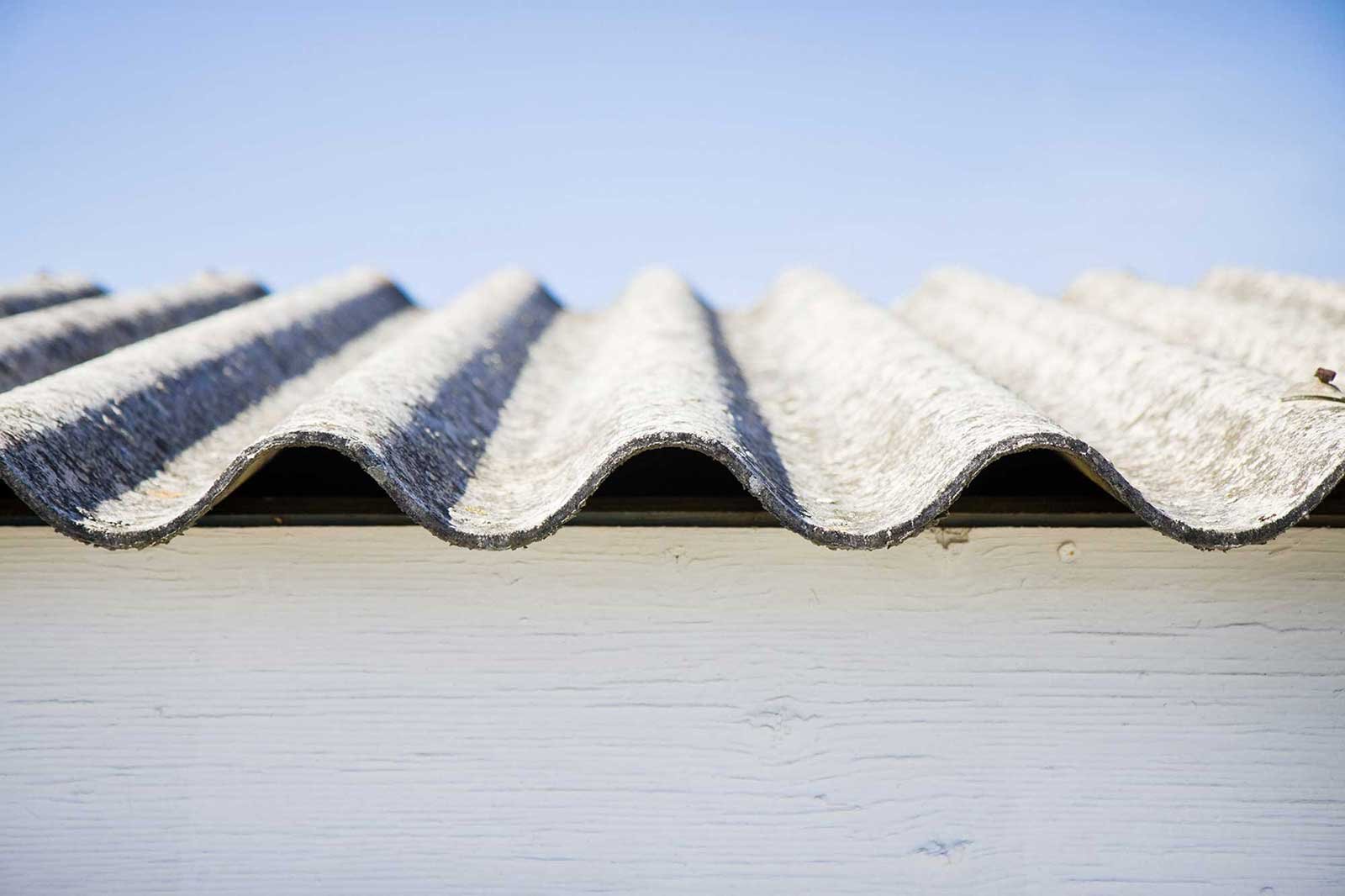





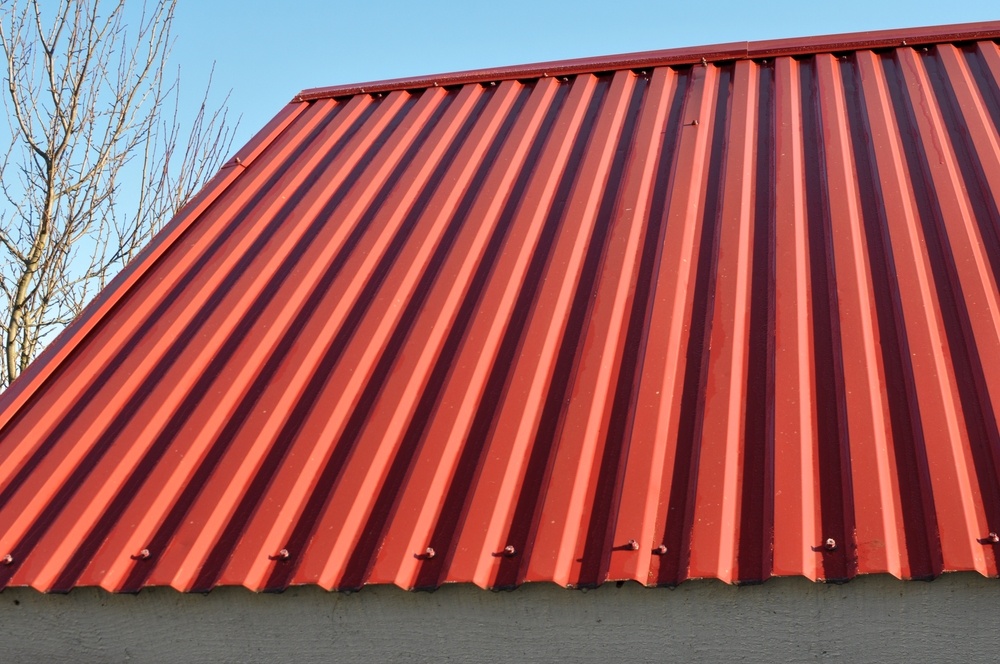
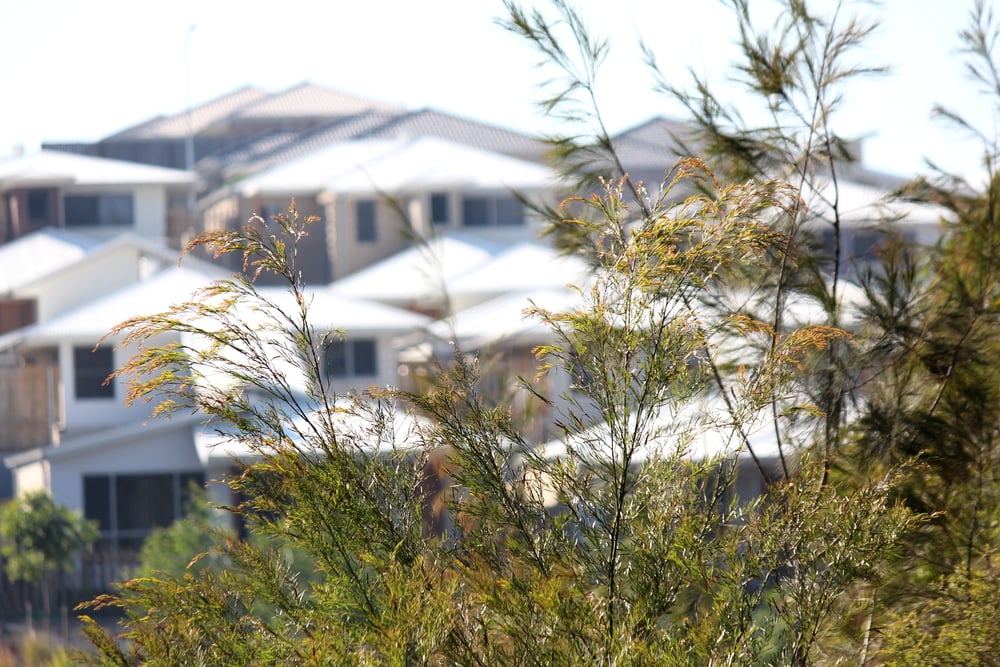




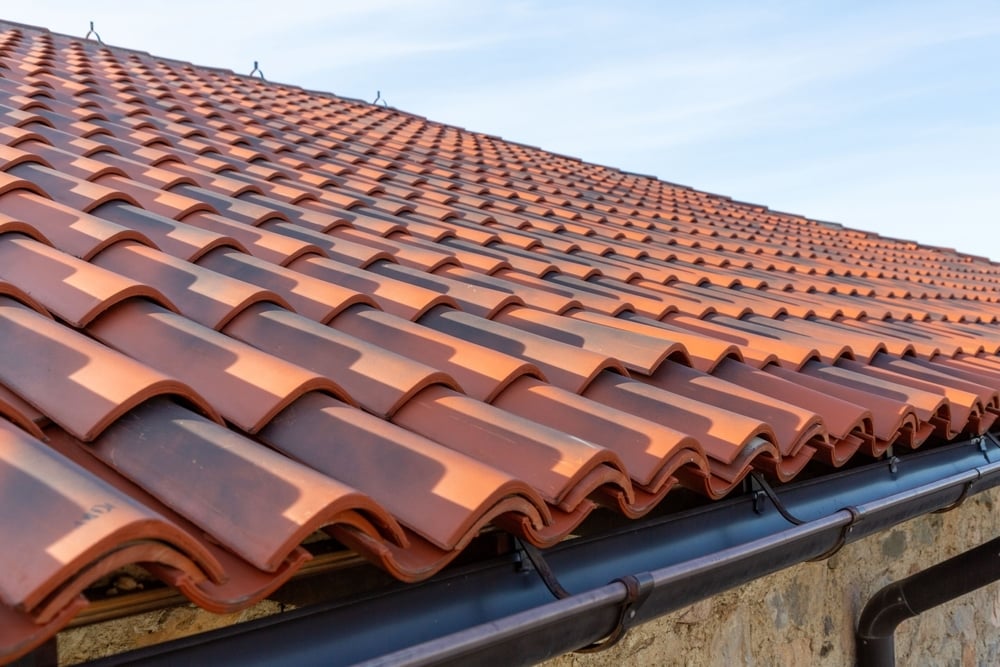
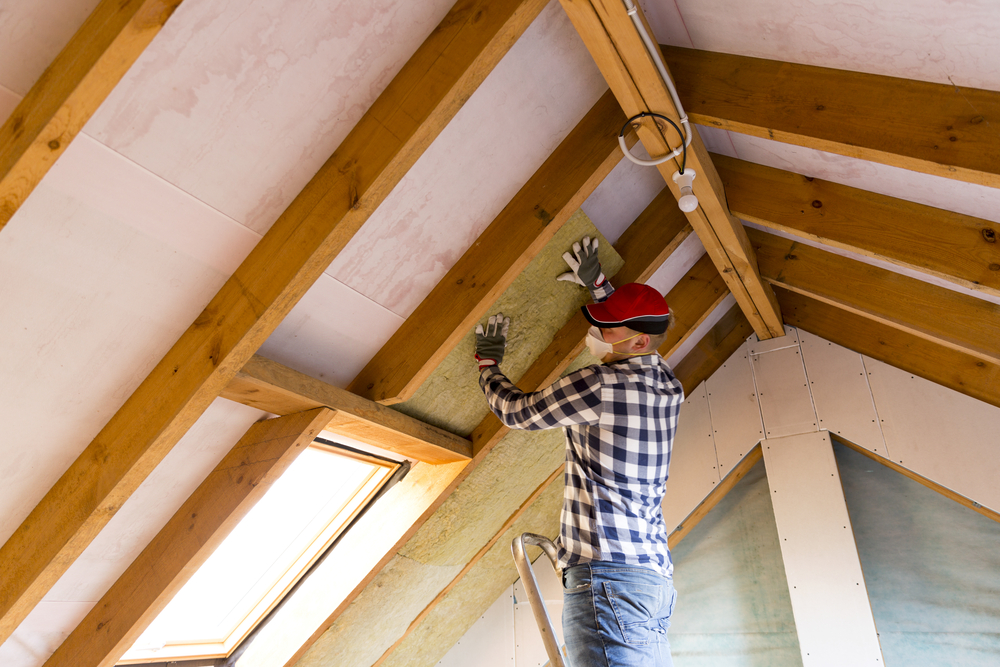
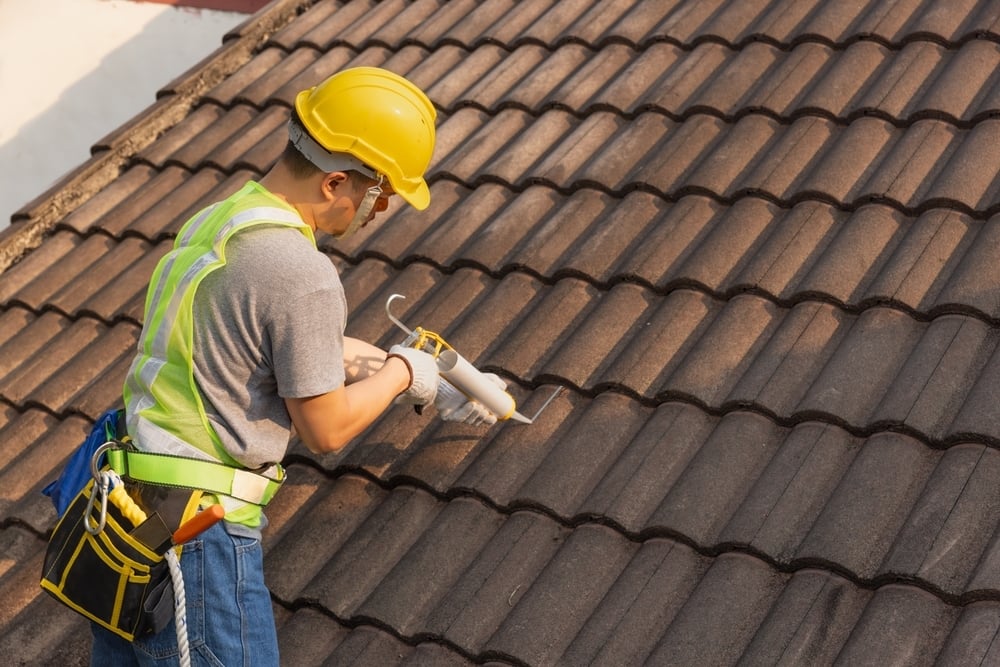
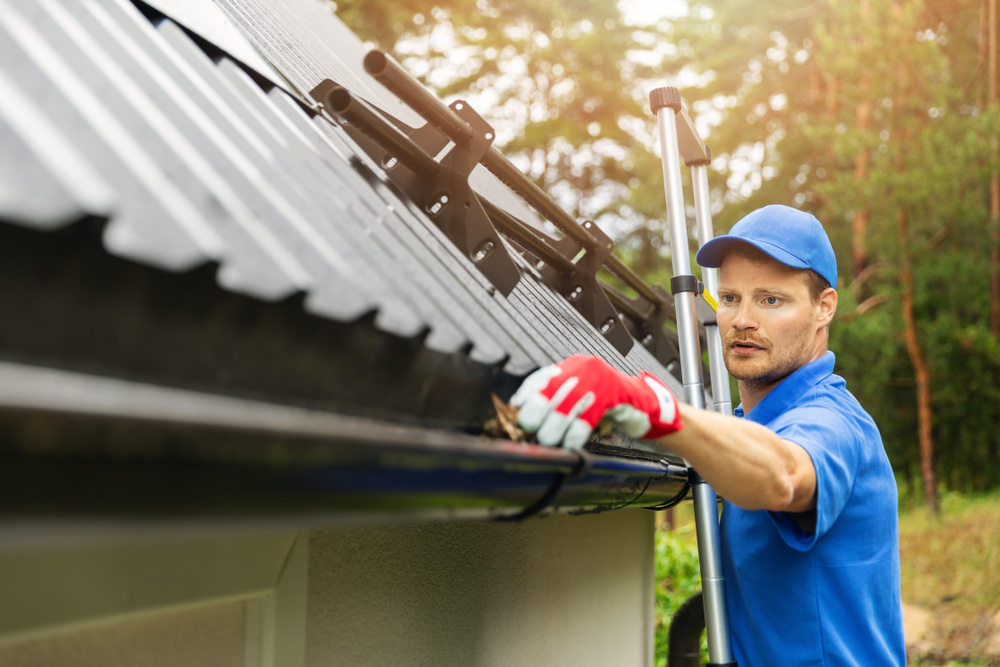

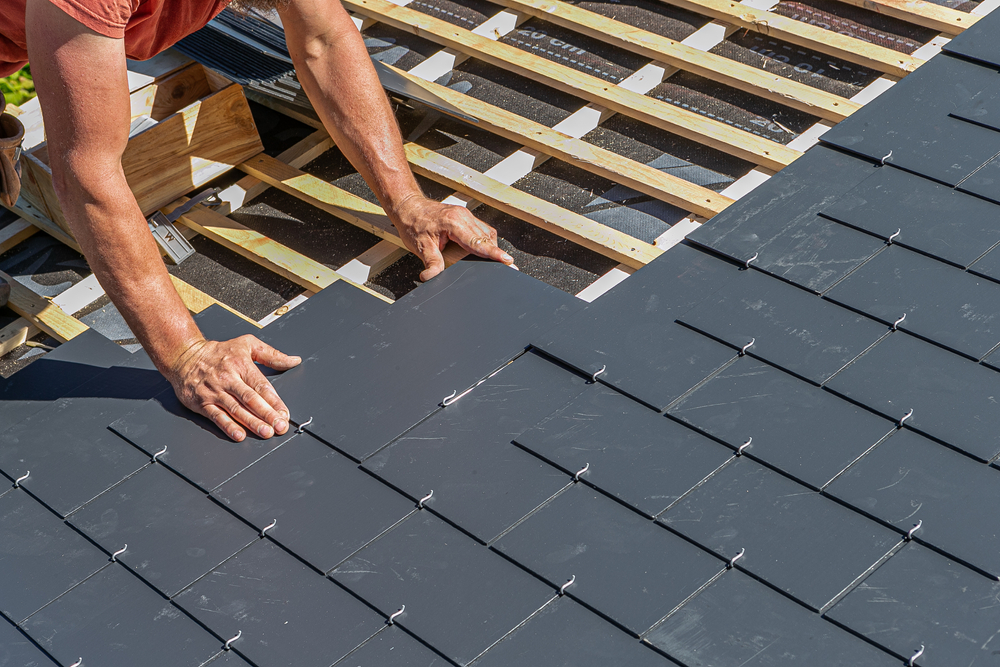
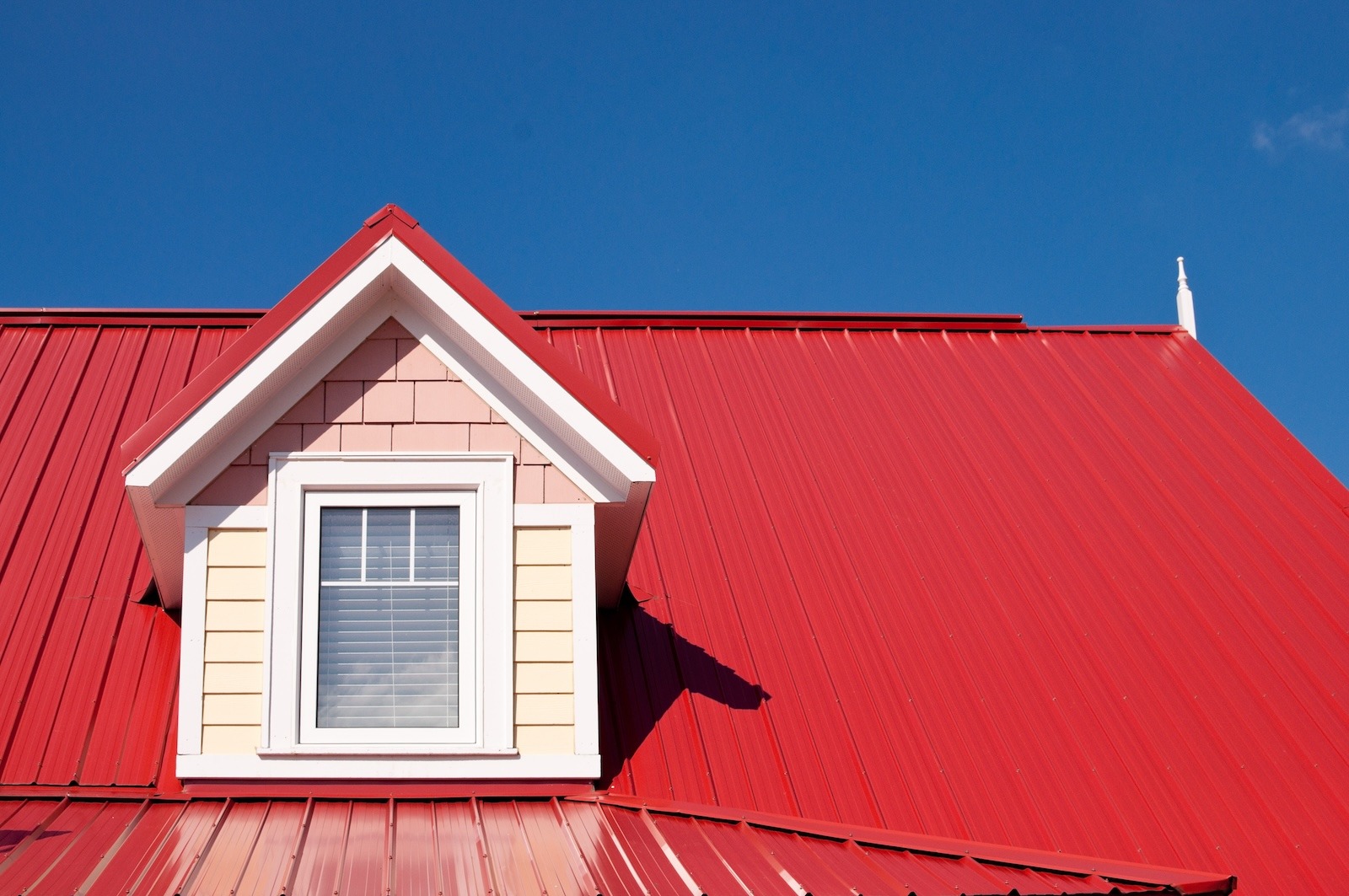
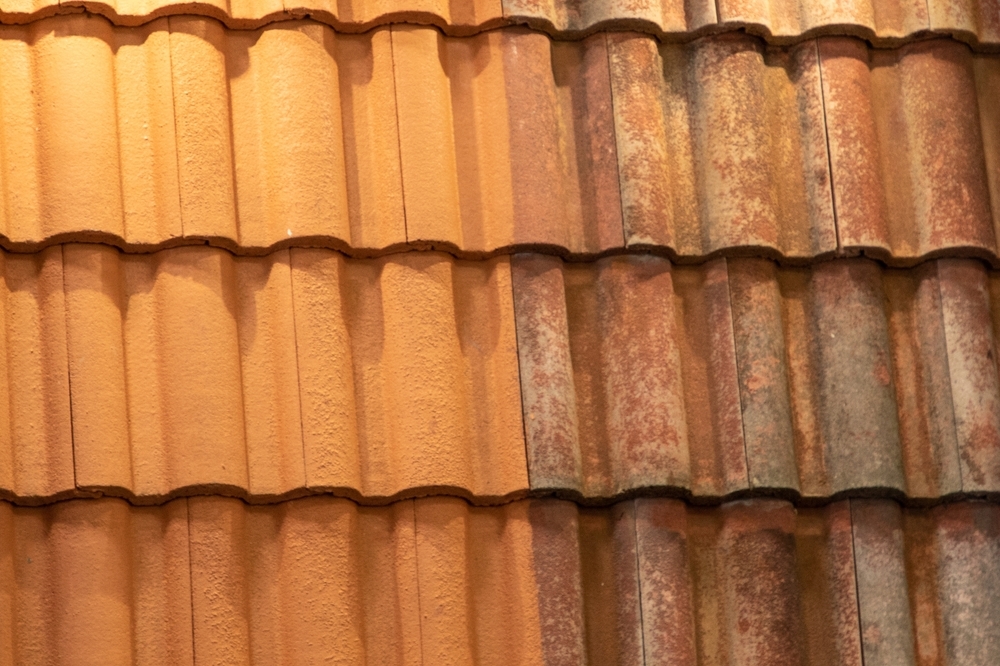
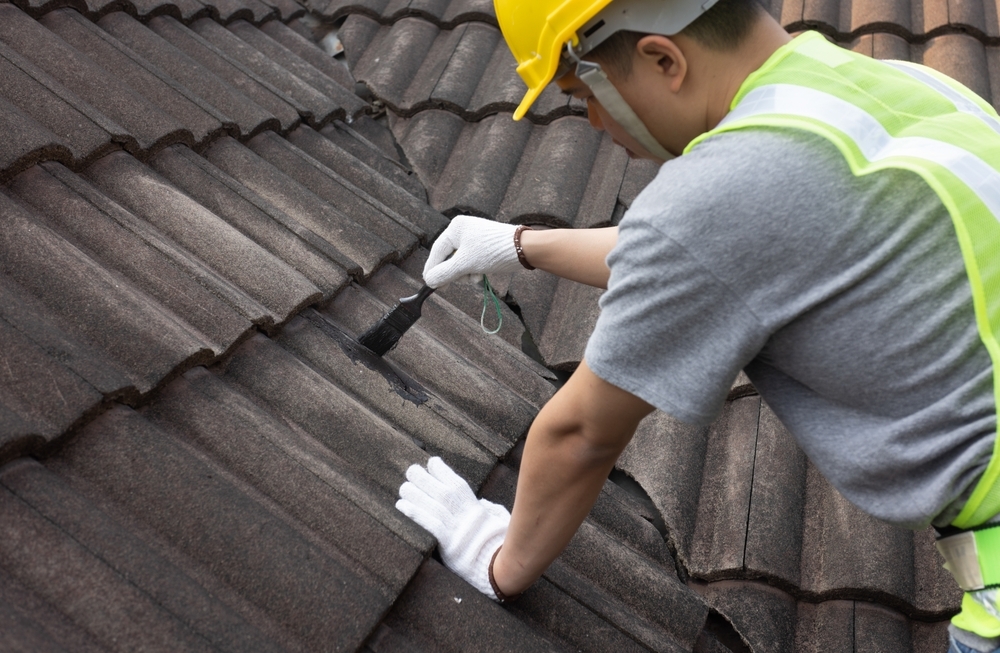
.jpg)

.jpg)
